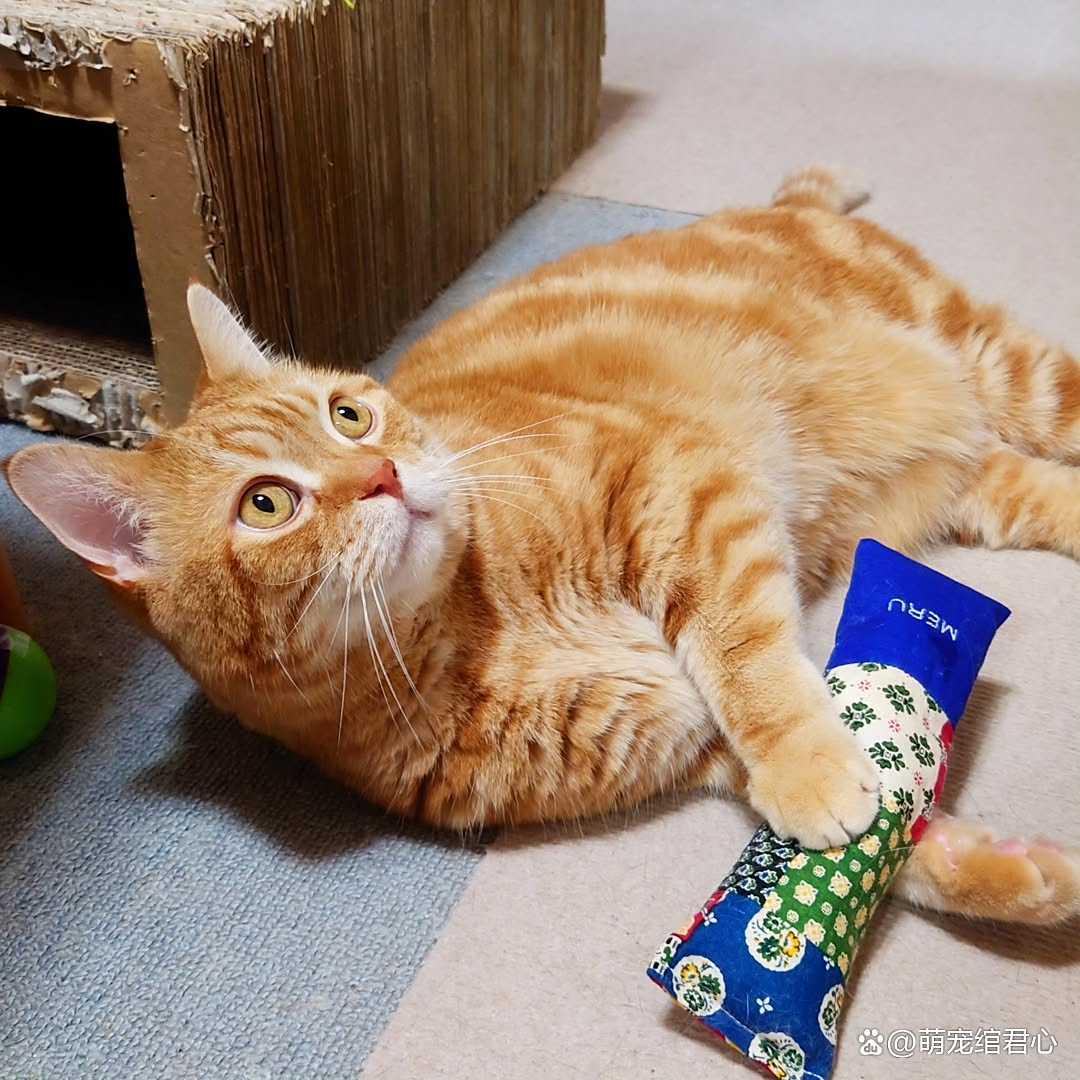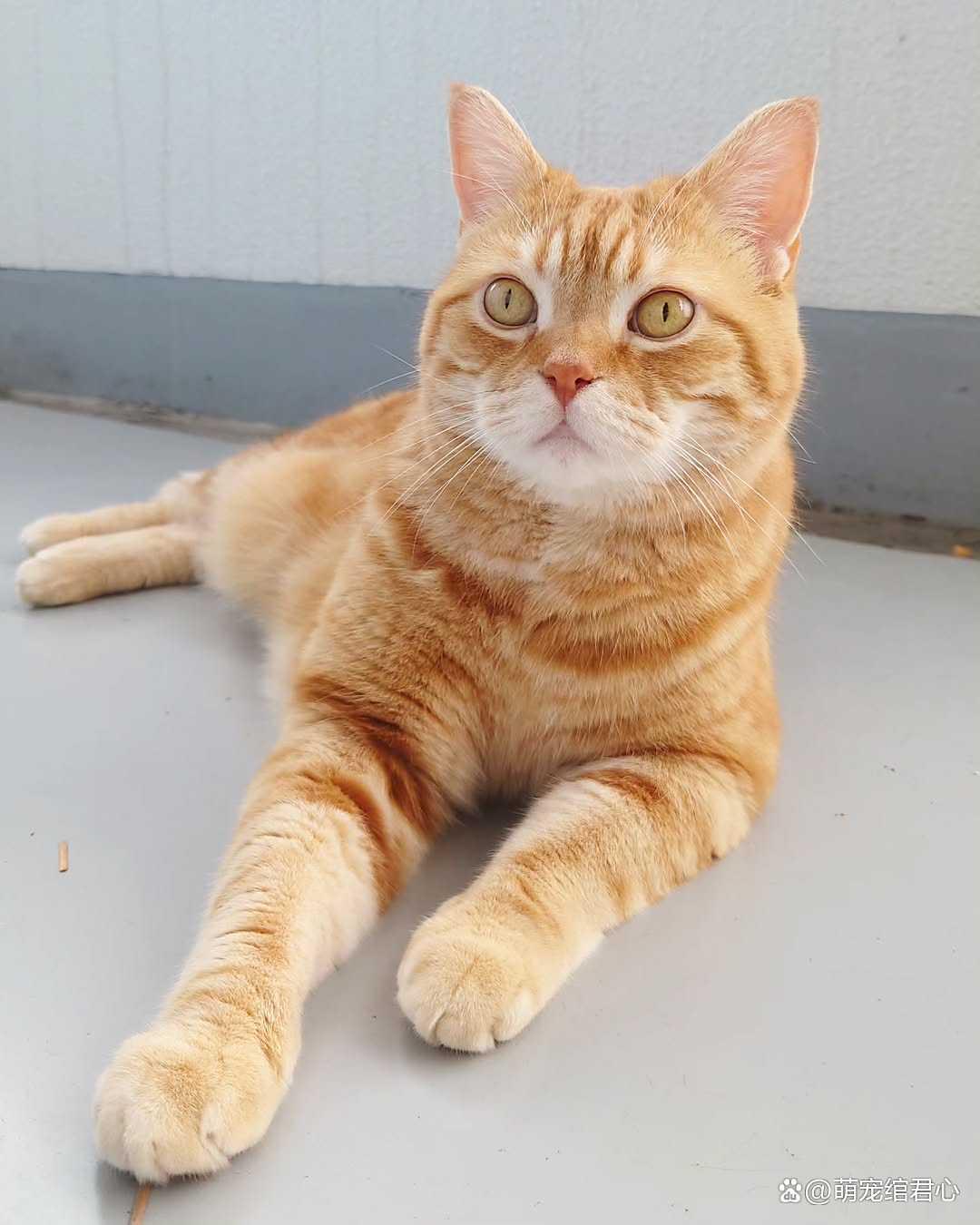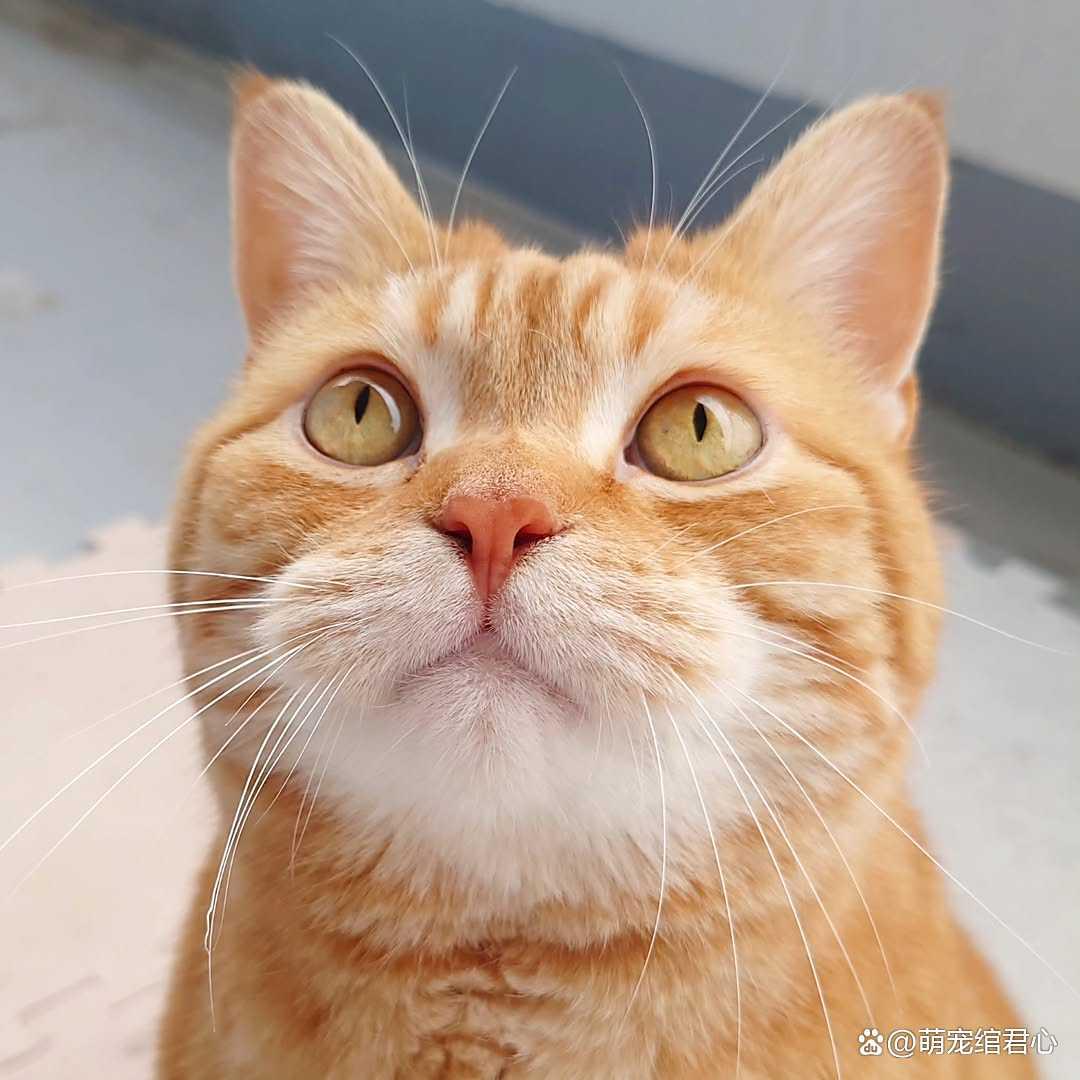
News list
新闻列表
Dear pet owners:
Does your floor look softer than a carpet? Do your black pants turn into "leopard print" after wearing them for five minutes?
Congratulations, don't doubt the strength of your vacuum cleaner - yes, you have already entered the cat shedding season!
Cat hair removal is like buying new clothes for humans during seasonal changes, but their "old clothes" will not be obediently stored in the wardrobe. Instead, they will fly around and penetrate everywhere, sticking to your mouth, eyes, rice bowl, and even... even adding an extra "plush latte art" to your coffee.
But don't rush to cry in the corner, in fact, as long as you master a few tricks, you can elegantly lead your cat through the shedding season, without turning your home into a wool factory.

When does a cat shed its hair?
Cats do not have wardrobes and do not shop for new T-shirts online. Their way of changing seasons is to shed their fur!
In spring, they shed their thick down jackets and embrace the lightweight styles of summer; In autumn, throw away the 'silk shirt' and replace it with a 'mink coat'. This is the legendary 'Spring and Autumn Hair Changing Season'.
Generally speaking, the molting period lasts for one to two months, but most modern cats are standard indoor aristocrats: with heating, air conditioning, bright lights all year round, and forgetting the seasonal rules of nature every minute.
The result is that they may lose their fur at any time throughout the year! So don't take chances, shedding hair is a regular program, but spring and autumn are the highlights.
Method 1: Brushing=Anti Hair Ball+Beauty+Parent Child Interaction
Cats already love to lick themselves, but during the shedding season, all the fallen fur is swallowed by them as a "snack". Mild cases may involve coughing up a furry ball, while severe cases may result in stomach and intestinal obstruction. In severe cases, surgery may even be necessary, which can make one's scalp tingle.
At this point, the poop shoveling official's brush became a 'rescue weapon'.
Long haired cat: It's best to comb it every day, as it has a lot of hair and is prone to tangling. Not combing it is like a disaster scene.
Shorthair cat: Once every two or three days is also fine, otherwise the house will still be in a "drizzle of fur".
Tip: Gently comb along the direction of the fur, don't use force like scrubbing, otherwise the cat may slap you in the face. If they work well together, it can also be used as a "parent-child time". Brushing your hair and snoring is like healing a small theater.

Method 2: Cleaning up=Endless tug of war with Mao Hai
During the shedding season, you will find that no matter how hard you try to clean your home, there is always a faint layer of "fur fog".
The solution is to be diligent!
Vacuum cleaner: Handheld is the best choice, specializing in treating "hard hit areas" such as sofa crevices, bed corners, and bookshelves.
Sticky hair roller: a divine tool for human self rescue! Roll on your clothes before going out, otherwise your colleagues at the company will think you are part-time running a cat house.
Rubber gloves: After wearing them, gently rub them and the fur on the sofa and cat climbing frame will stick to your hands obediently, making it a "low-end vacuum cleaner".
Even the poop scooper tried rolling the cat with a sticky hair roller, and the cat actually enjoyed it, as if it had undergone a 'hair massage'. Of course, the premise is that your cat is willing. If it is not willing, then it's better to leave you than to leave it.
Method 3: Taking a shower+shearing=adding icing on the cake (operate with caution!)
Many cats hear the sound of water as if they were hearing a "doomsday horn," with a face that says "I would rather die than surrender. So taking a bath is not mandatory, but if your cat is used to taking a bath, washing it once appropriately can indeed take away some floating fur.
As for long haired cats, there is an ultimate solution - summer shearing. Shortening thick hair can not only help them prevent heatstroke, but also reduce hair loss.
Just be careful not to shave completely, as it will make the cat look like a "bald lion" and also make it easy to get sunburned. To make it both refreshing and beautiful, it may require hiring a professional pet beautician to operate.

Additional tip: Dietary regulation is also important
In addition to external care, internal adjustments cannot be ignored.
Hair ball food/hair ball snacks: help cats to shed hair better.
Catgrass: a natural "channel cleaner" that helps expel hairballs.
If you find that your cat frequently vomits and doesn't like to eat during the hair removal season, don't procrastinate and take it to see a veterinarian to check if it's caused by hairballs.
Summary: Instead of complaining, it's better to unleash all your strength!
To be honest, the cat shedding season is simply a test of willpower for poop shovelers: cleaning is endless, and clothes always carry a "cat signature".
But think about it, these furry hairs are the result of natural replacement by kittens to adapt to their environment and maintain their health. You help it brush, suck, and tidy up the house every day, which is actually accompanying it through a 'seasonal event'.
So, next time you find another "randomly dropped cat hair" at dinner, why not smile and say: This is the badge of a cat owner!

Dear poop shoveling officers, don't be afraid of shedding your hair. What you're afraid of is that you're not prepared. As long as you master the three axes of brushing, cleaning, and grooming, coupled with dietary assistance, you can definitely survive this season of hair flying everywhere.
After all, hair can fall off, but emotions cannot dissipate. The cat gave you a coat of fur, and you gave it a lifetime of love, without owing each other, right?

